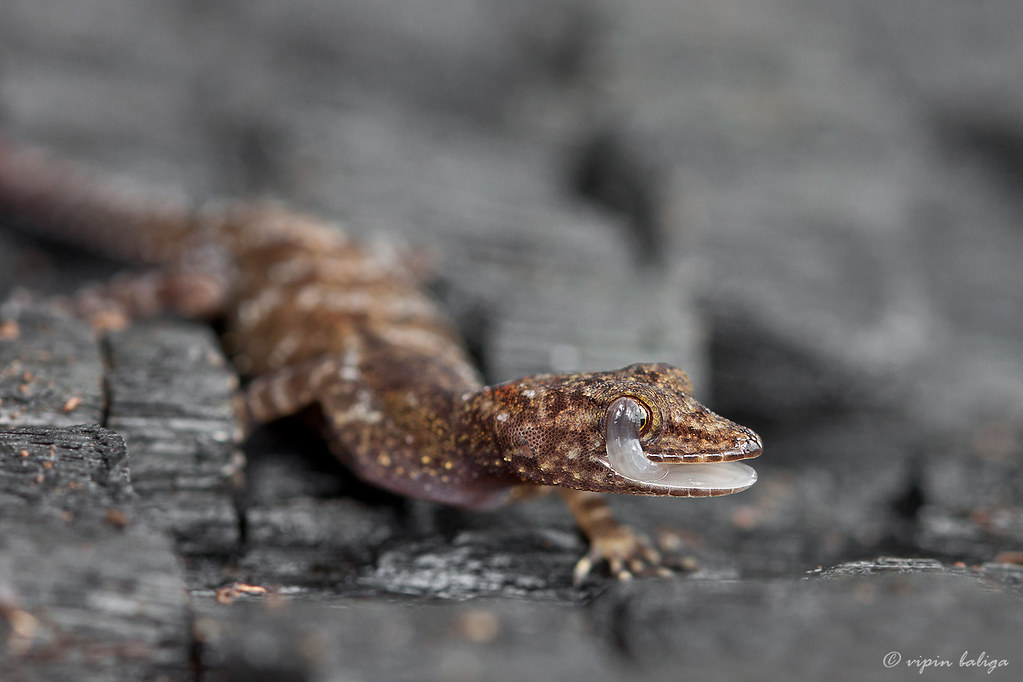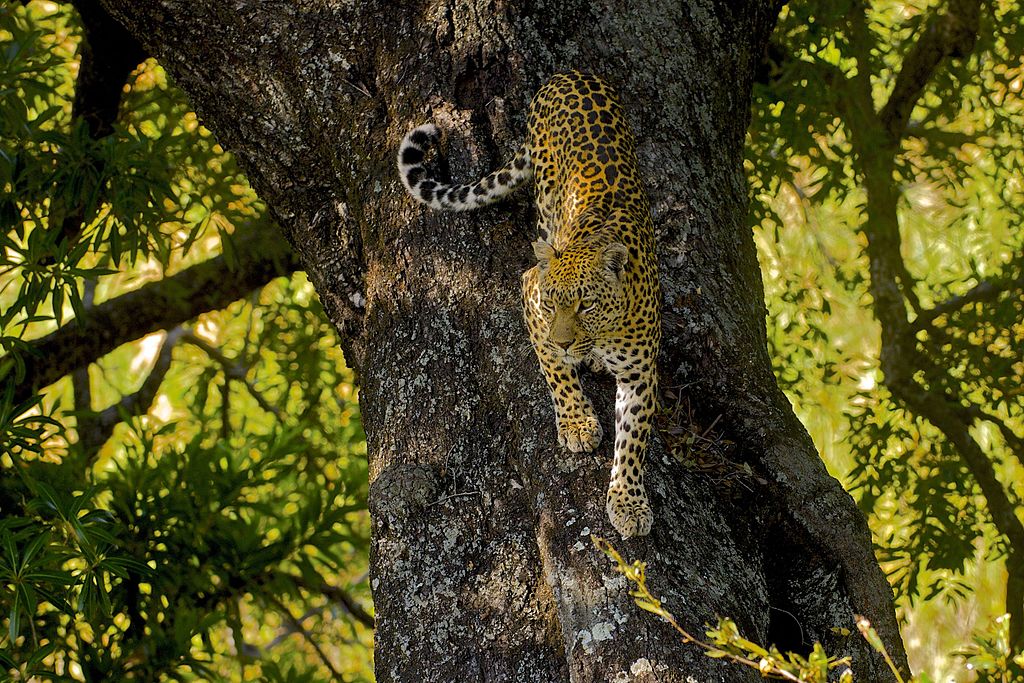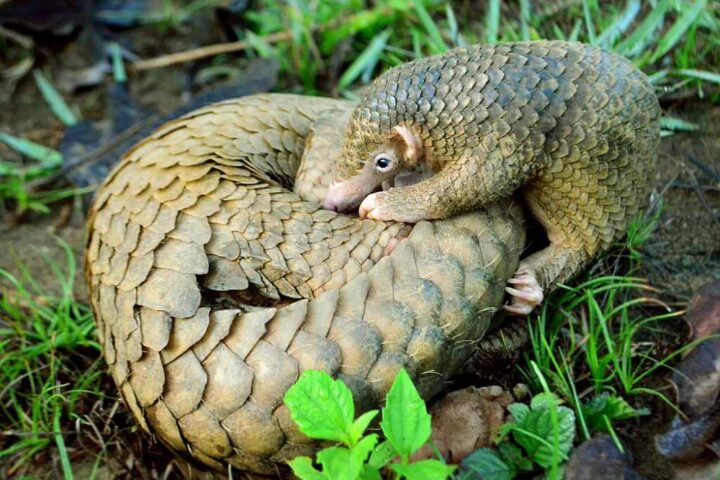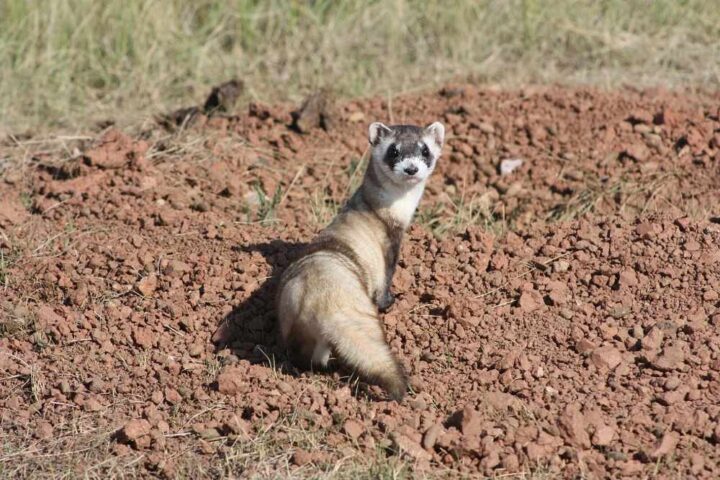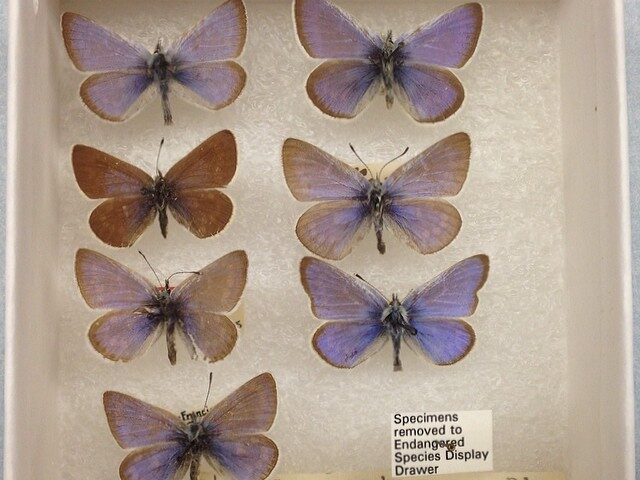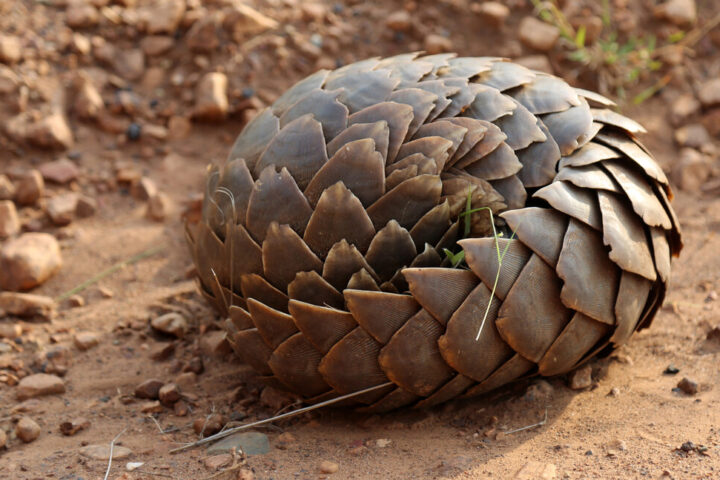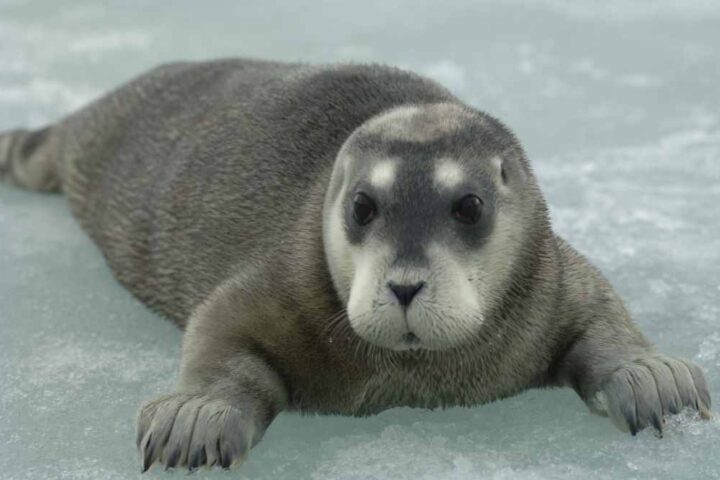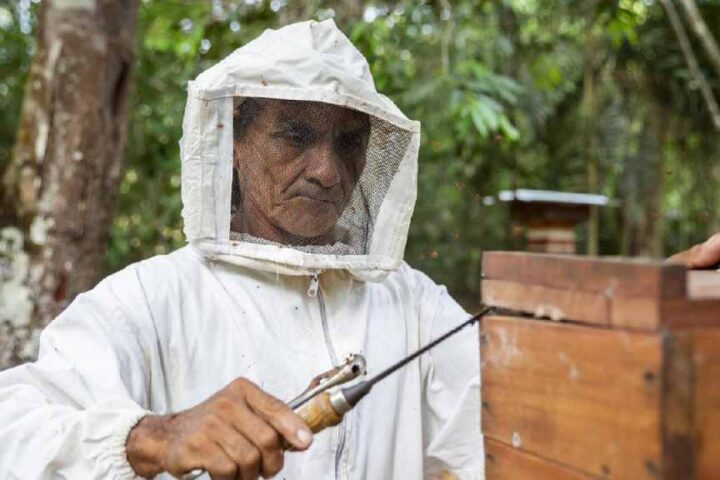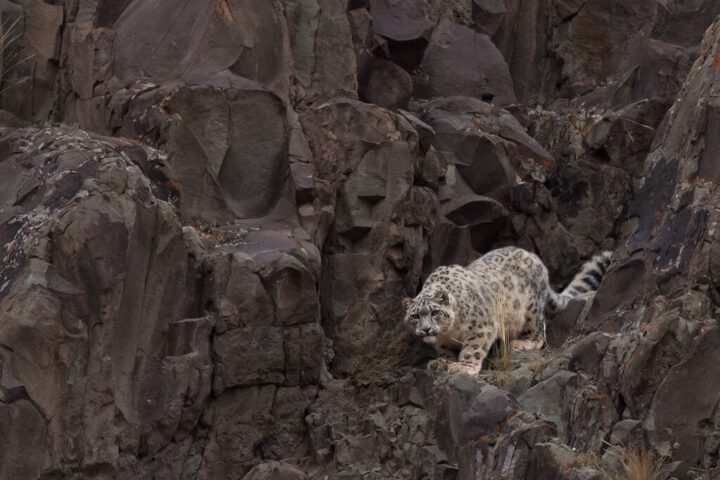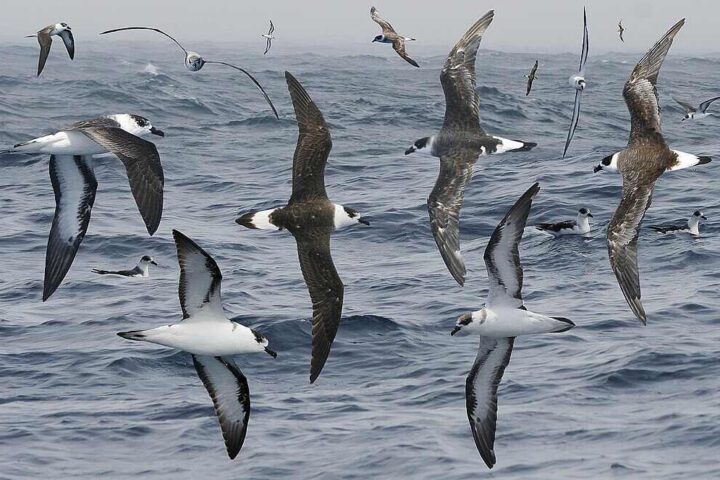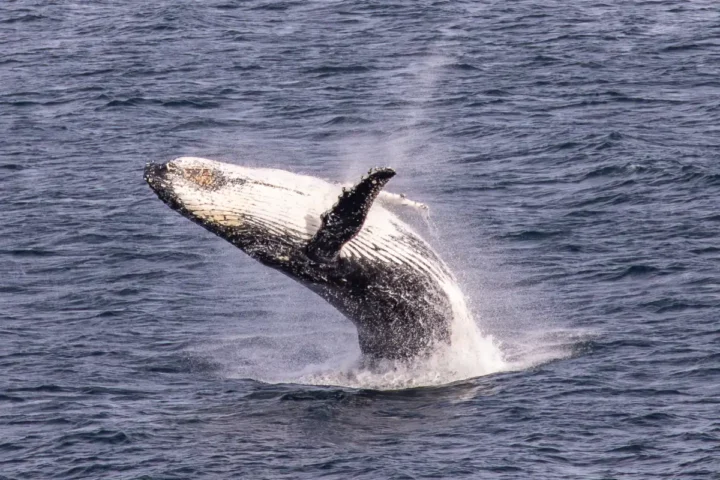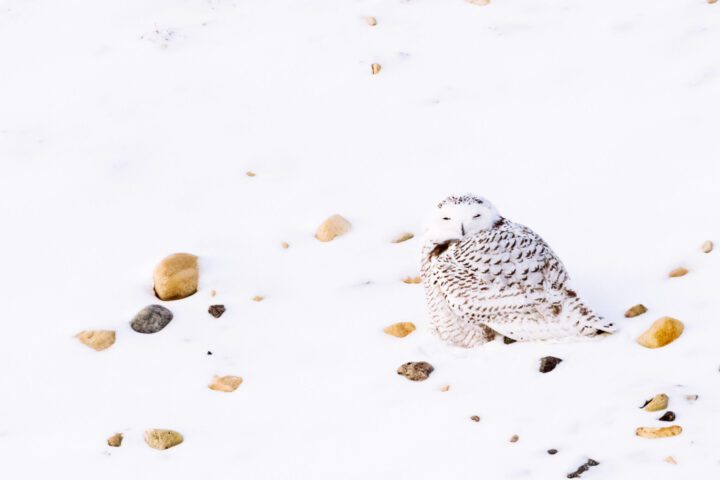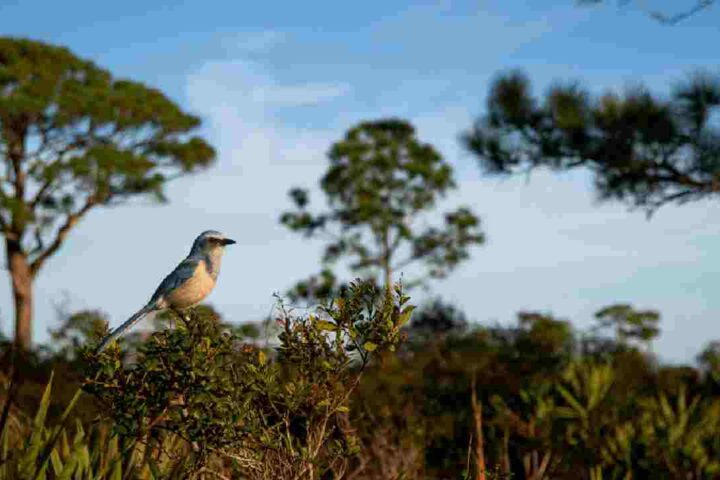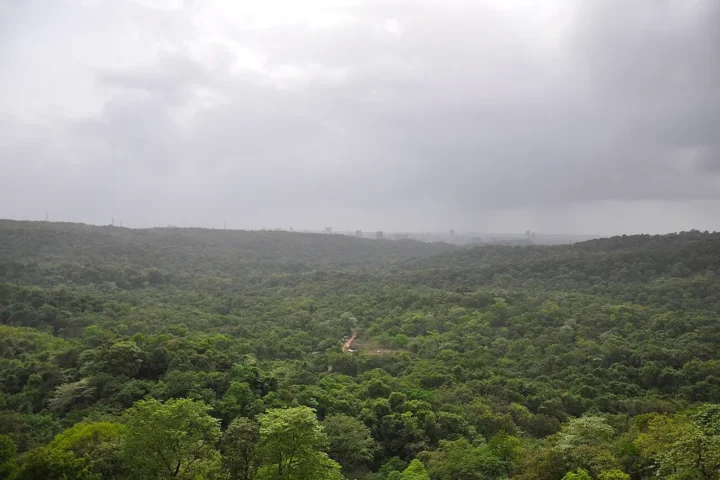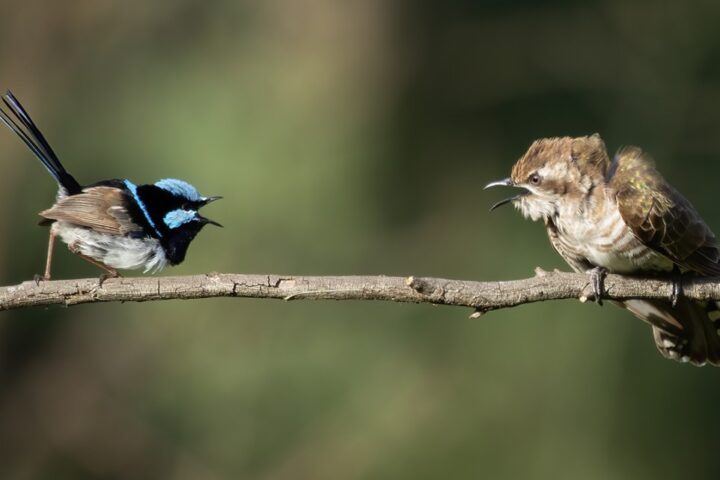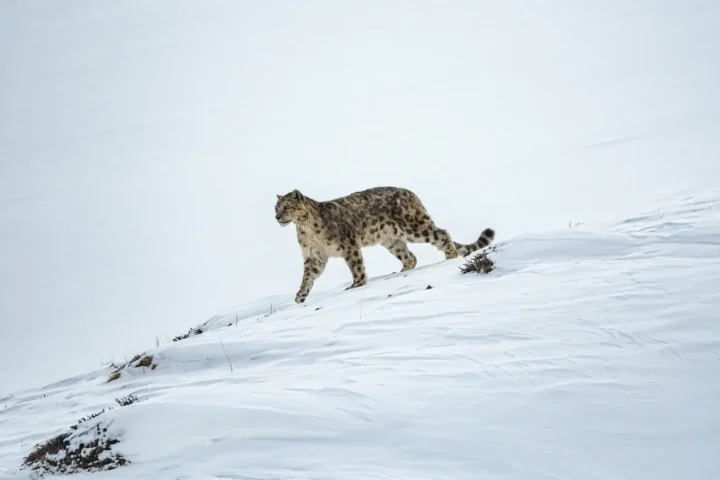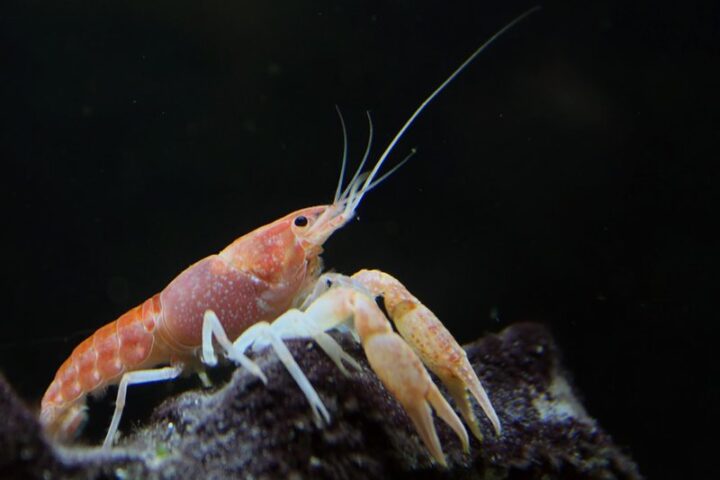Australia faces an unprecedented challenge in protecting its unique wildlife. New research reveals that fully recovering the country’s threatened species would cost $583 billion annually – a quarter of Australia’s GDP – over 30 years.
“Stopping Australia’s extinction crisis is critical as the plight of threatened species shows broader ecosystem problems,” says Dr. April Reside from the University of Queensland’s School of Environment.
The situation is dire. Since European settlement, Australia has lost at least 100 species. Currently, 1,657 land and freshwater species are at risk of extinction, with their populations declining 2-3% yearly over the past 25 years.
The most expensive conservation effort isn’t what most people might expect. Controlling invasive weeds like blackberry and lantana would consume 81% of the total recovery costs. These aggressive plants threaten at least 470 native plant species, often overwhelming entire habitats and disrupting food sources for endangered birds.
While the full recovery cost may seem overwhelming, there are practical, smaller-scale solutions. Dr. Josie Carwardine from CSIRO points to more manageable approaches: “Our work shows the value of finding new ways to avoid further harm to our natural world.”
Similar Posts
Scientists have found simple ways to help save Australia’s wildlife without spending too much money. They’re bringing back old ways of managing fires that worked well in the past. They’re also working to keep wild cats and foxes away from native animals, and protecting the places where these animals live.
These methods show promise in specific areas. Take Pullen Pullen Station in Queensland, for example. Here, keeping wild cats away and using smart fire management has helped save the night parrot – a bird everyone thought had died out completely.
The work to save these animals could help people too. It could create a million new jobs over the next 30 years, mostly in small towns and rural areas. Farmers would also benefit because fewer pests would damage their crops. Unwanted animals and plants cost farmers billions of dollars each year.
Professor James Watson from the University of Queensland points out this benefit: “We would be reducing the economic impact of pests and weeds, which costs the sector billions of dollars annually.”
There’s another plus – helping nature helps fight climate change. The research shows that restoring animal habitats could trap 11 million tonnes of carbon each year.
While saving all of Australia’s threatened species at once would cost too much, starting with small, local projects can make a big difference. The most important thing is to stop causing more damage while we work on fixing what we can.
This research comes from Australia’s National Environment Science Program Threatened Species Hub and appears in the science journal Nature Ecology and Evolution.
